In 50 Years, Which U.S. Cities Are Projected To Become Deserts? A New Study Details the Locations
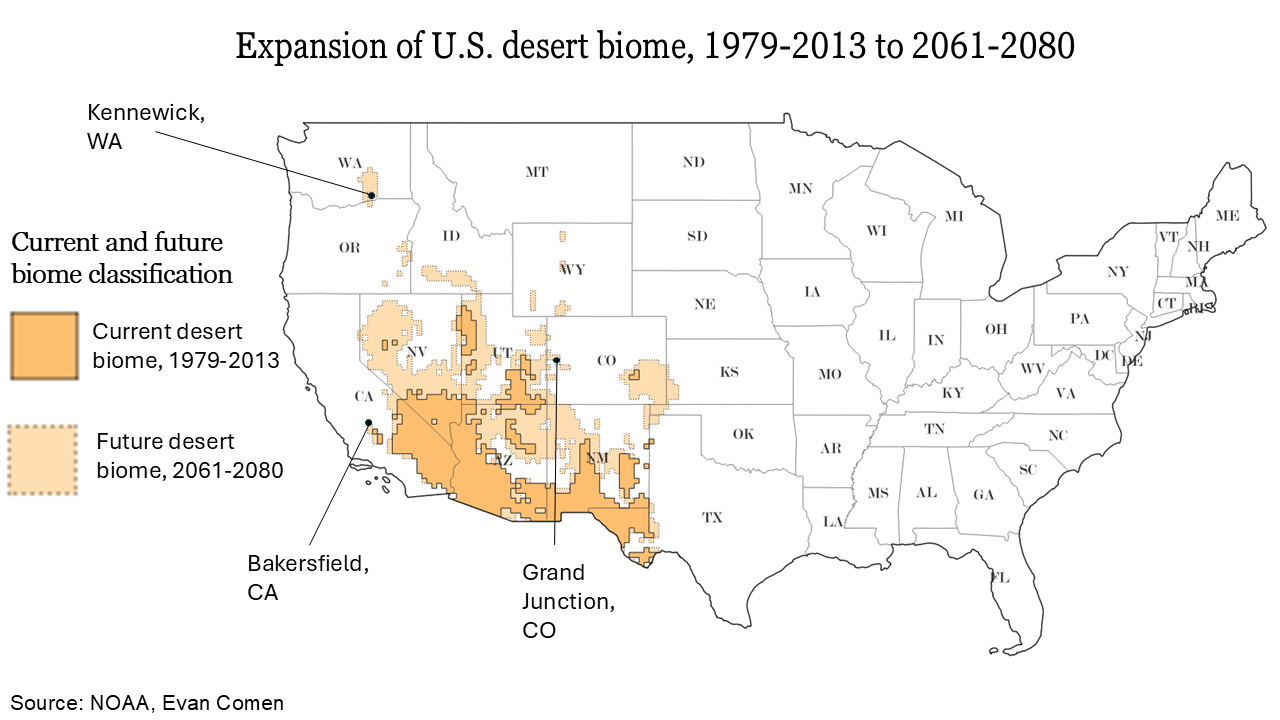 https://climate-crisis-247-bucket.nyc3.digitaloceanspaces.com/wp-content/uploads/2025/05/07222603/desert-biome-change-map-150x150.png
https://climate-crisis-247-bucket.nyc3.digitaloceanspaces.com/wp-content/uploads/2025/05/07222603/desert-biome-change-map-150x150.pngClimate change isn’t just raising temperatures – it’s transforming the natural geography of the United States. In a recent study published in the journal PeerJ, researchers from the Open Earth Monitor Cyberinfrastructure project used high resolution data and machine learning to map how natural vegetation zones – or biomes – will shift by 2080 under different climate scenarios. Projections show that dozens of American cities are on track to shift into full desert biomes within the next half-century, reshaping the land, vegetation, and habitability of entire communities.
Not in Kansas anymore? Tornado Alley Is Expanding South Into These Cities
Dying for air? Climate Activism Is Turning Deadly In These Cities
Researchers found that the central U.S. will become hotter and drier, with iconic grasslands replaced by more desert-like vegetation – fewer wildflowers, more tumbleweeds. Wet forests throughout the East Coast may give way to drier, more drought-tolerant flora, while the deserts of Arizona, New Mexico, and southern California will expand into Texas and Colorado.
Land area classified as cool mixed forest, cool evergreen needleleaf forest, temperate evergreen needleleaf open woodland are forecast to decline the most, while drier, arid ecosystems will expand. The desert biome is forecast to expand by 182,000 square miles – growing from 6.0% to 11.9% of U.S. land area – and will extend into some of America’s largest cities. A closer look at the data reveals the major cities that will become deserts in the next 50 years.
To determine the cities with changing biomes, Climate Crisis 247 reviewed spatial data from the April 2023 paper Current and future global distribution of potential biomes under climate change scenarios, published in PeerJ. Cities whose dominant biome type is forecast to change to desert by 2061-2080 from the current 1979-2013 baseline, based on the BIOME 6000 classification scheme, were ranked by current population. Forecast changes to biome landscape classification are based on RCP 8.5 scenario, or high emissions. Analysis was done in QGIS using raster data and zonal statistics.
25. Gallup, NM
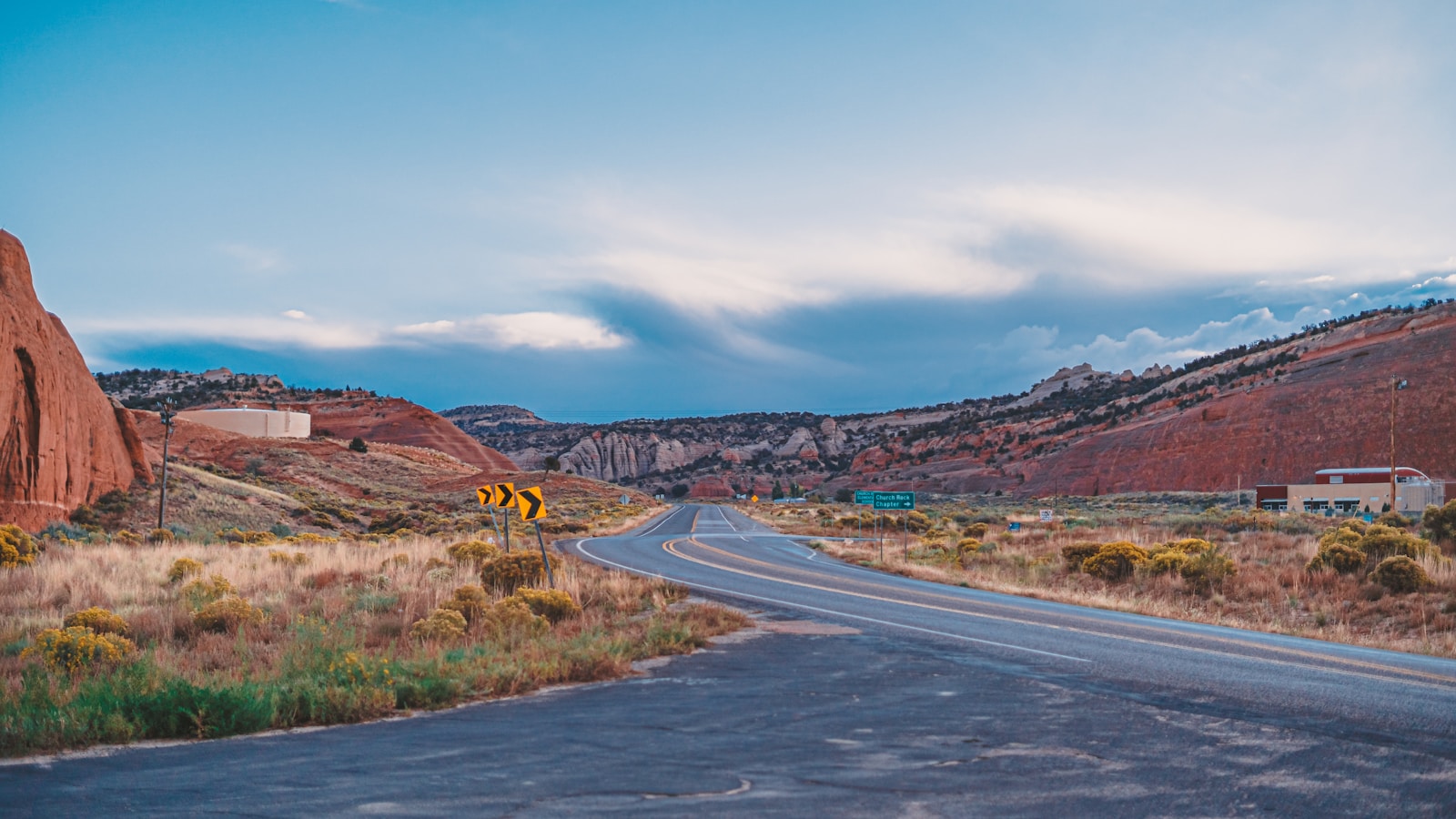
- Current biome classification: Temperate evergreen needleleaf open woodland
- Projected biome classification, 2061-2080: Desert
- Current population: 21,672
24. Yucca Valley, CA

- Current biome classification: Steppe
- Projected biome classification, 2061-2080: Desert
- Current population: 21,700
23. Sun Valley, NV
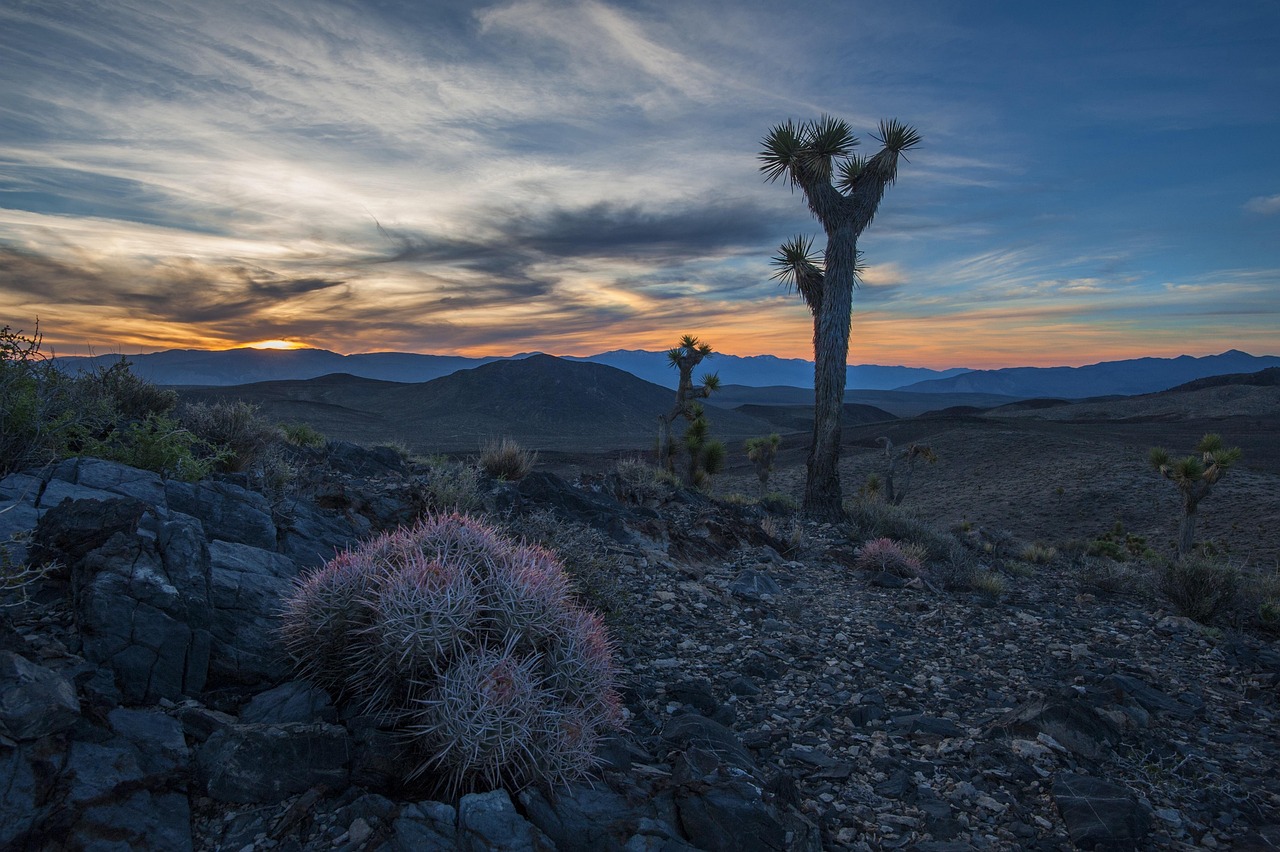
- Current biome classification: Temperate evergreen needleleaf open woodland
- Projected biome classification, 2061-2080: Desert
- Current population: 22,775
22. Fernley, NV

- Current biome classification: Temperate evergreen needleleaf open woodland
- Projected biome classification, 2061-2080: Desert
- Current population: 23,035
21. Rock Springs, WY
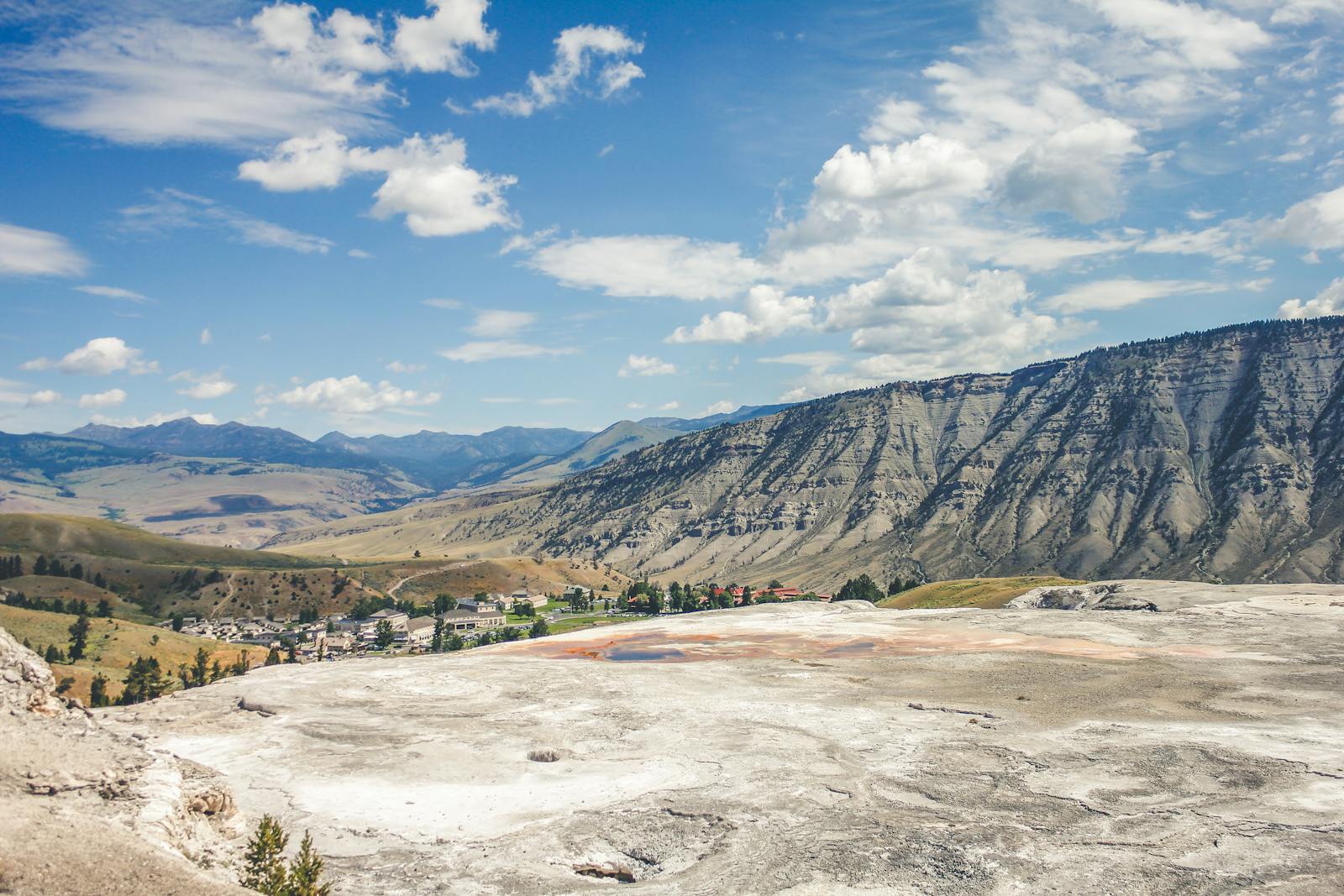
- Current biome classification: Temperate evergreen needleleaf open woodland
- Projected biome classification, 2061-2080: Desert
- Current population: 23,361
20. Wasco, CA

- Current biome classification: Temperate evergreen needleleaf open woodland
- Projected biome classification, 2061-2080: Desert
- Current population: 26,317
19. West Odessa, TX
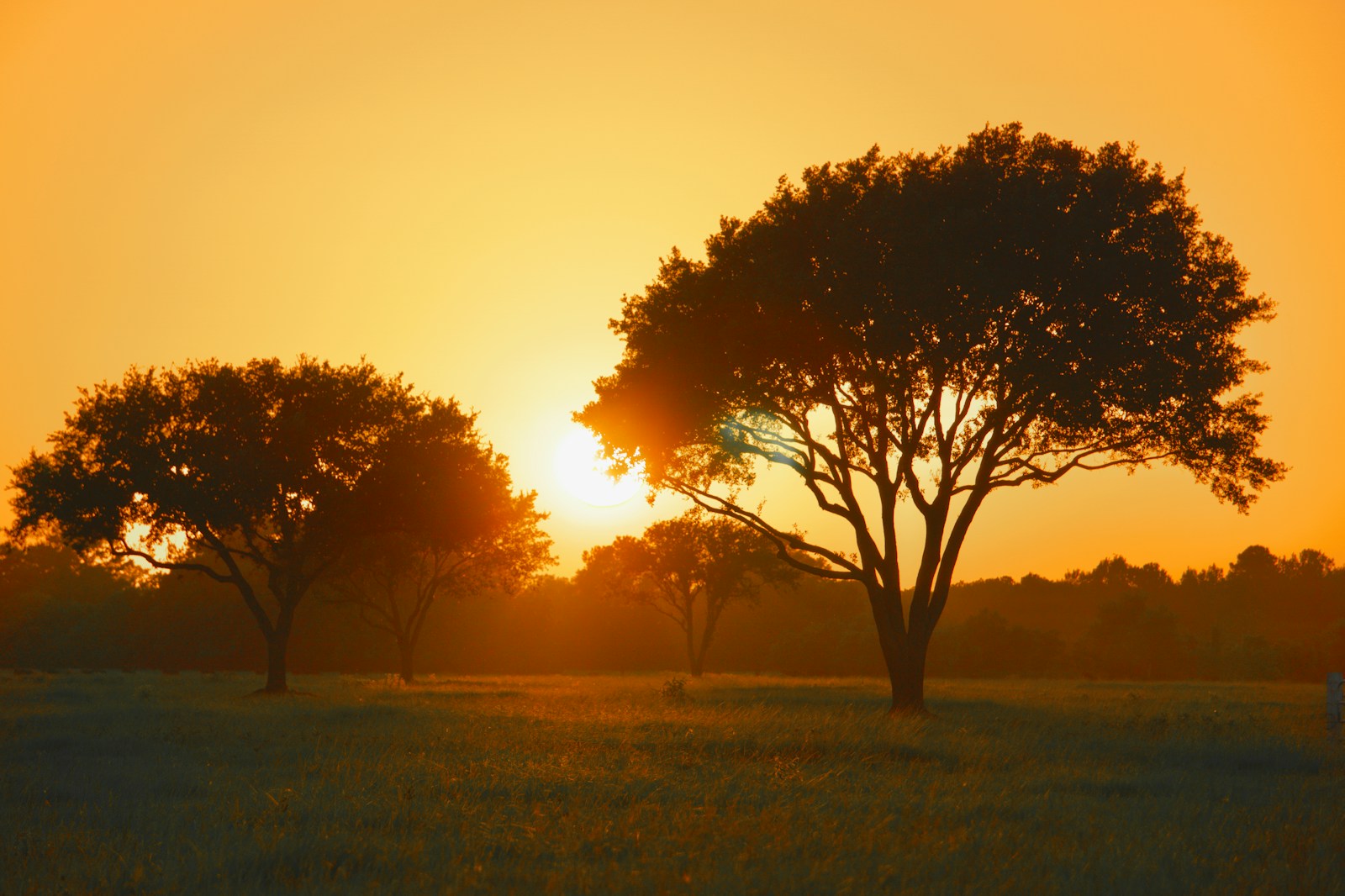
- Current biome classification: Steppe
- Projected biome classification, 2061-2080: Desert
- Current population: 30,904
18. Oildale, CA

- Current biome classification: Temperate evergreen needleleaf open woodland
- Projected biome classification, 2061-2080: Desert
- Current population: 34,796
17. Cedar City, UT
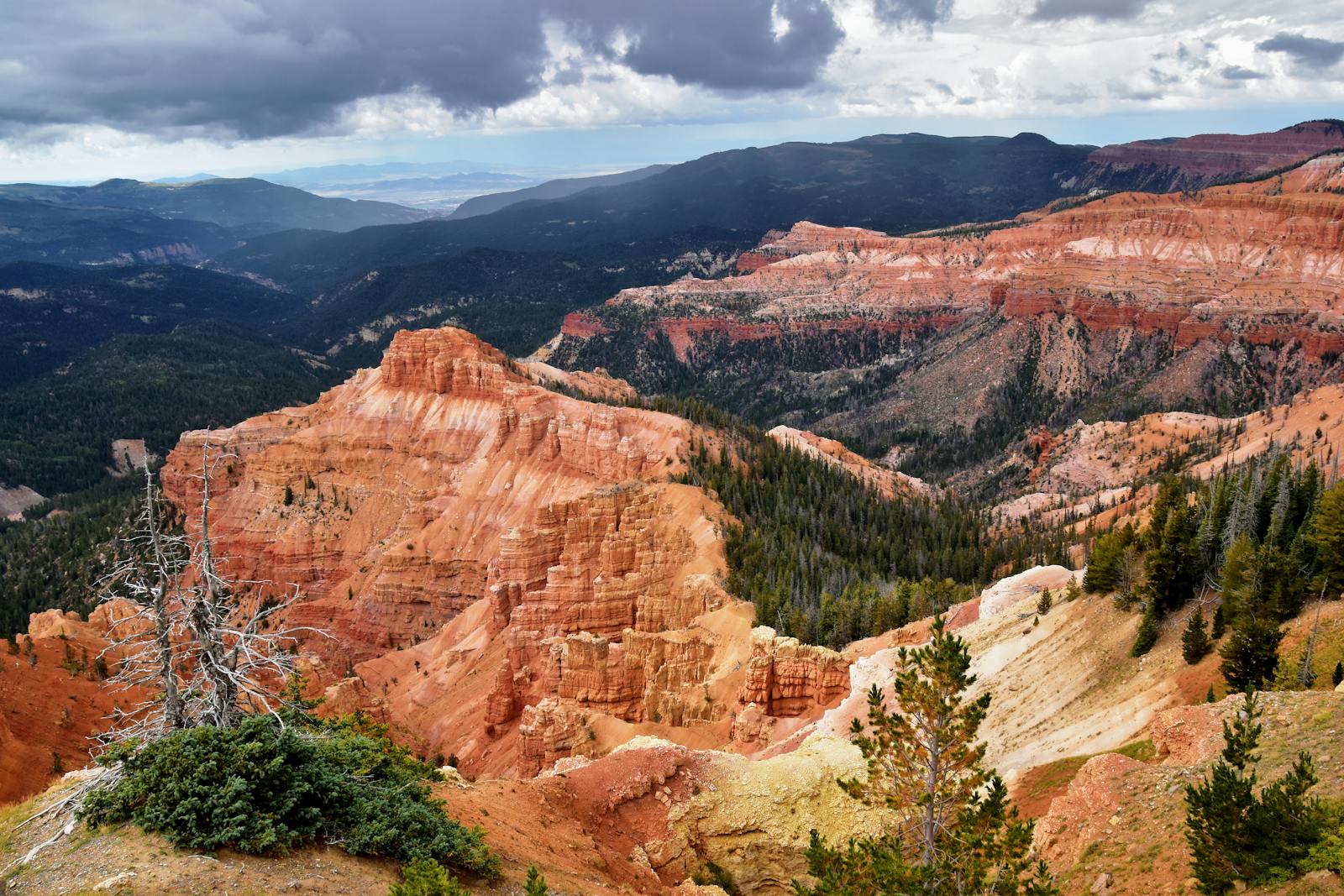
- Current biome classification: Temperate evergreen needleleaf open woodland
- Projected biome classification, 2061-2080: Desert
- Current population: 35,812
16. Adelanto, CA
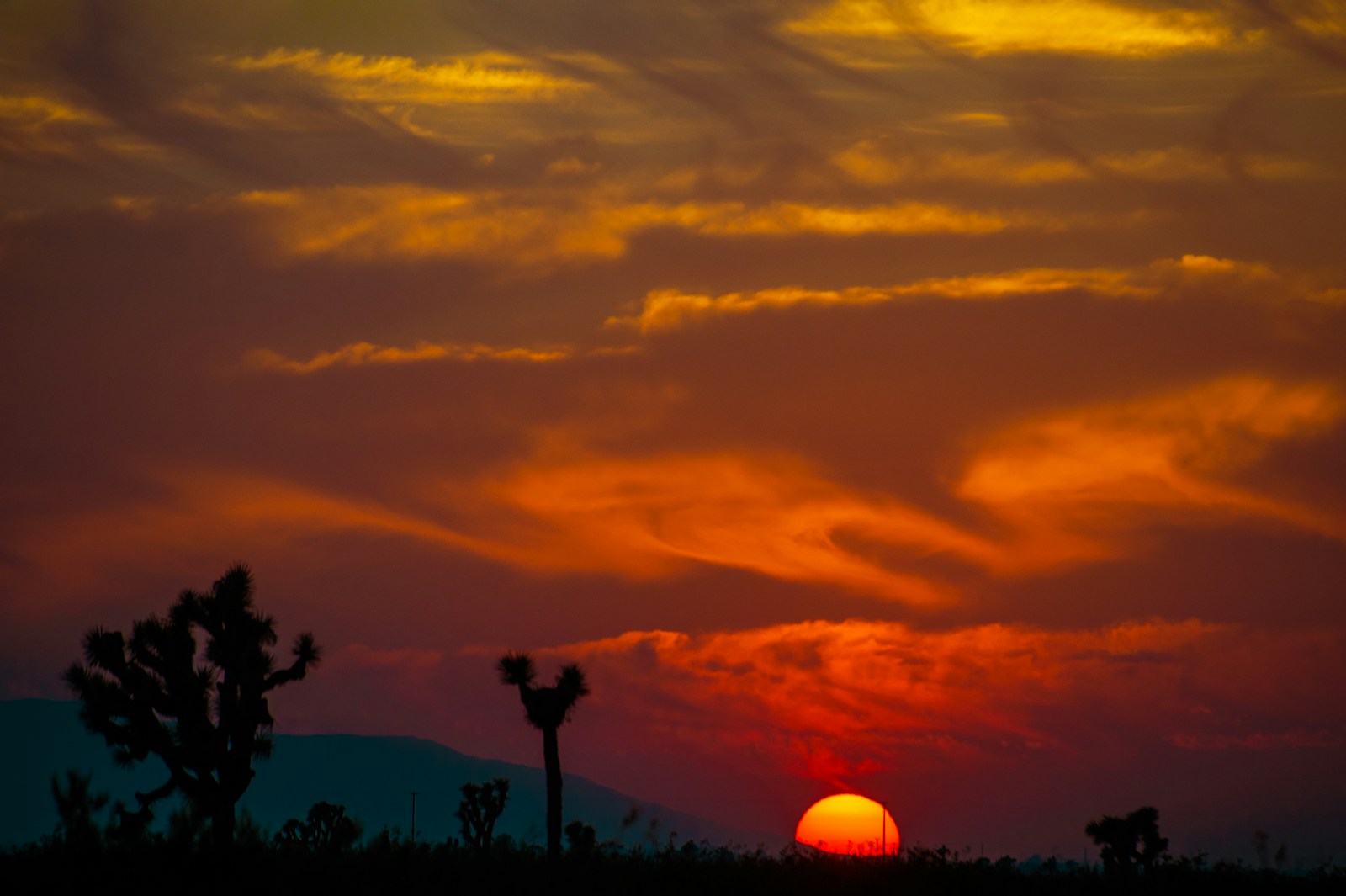
- Current biome classification: Steppe
- Projected biome classification, 2061-2080: Desert
- Current population: 37,960
15. Sierra Vista, AZ
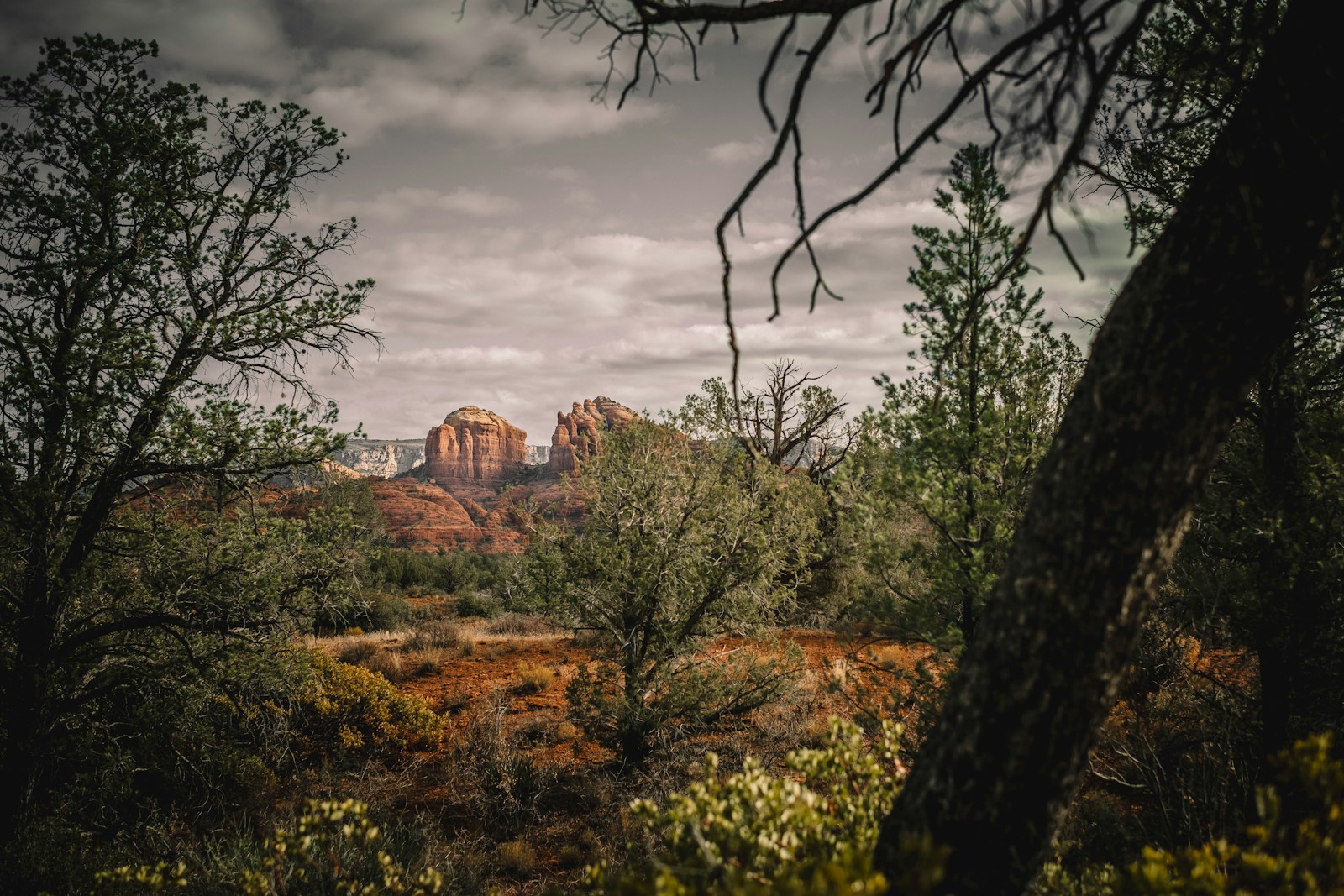
- Current biome classification: Steppe
- Projected biome classification, 2061-2080: Desert
- Current population: 45,212
14. Prescott, AZ
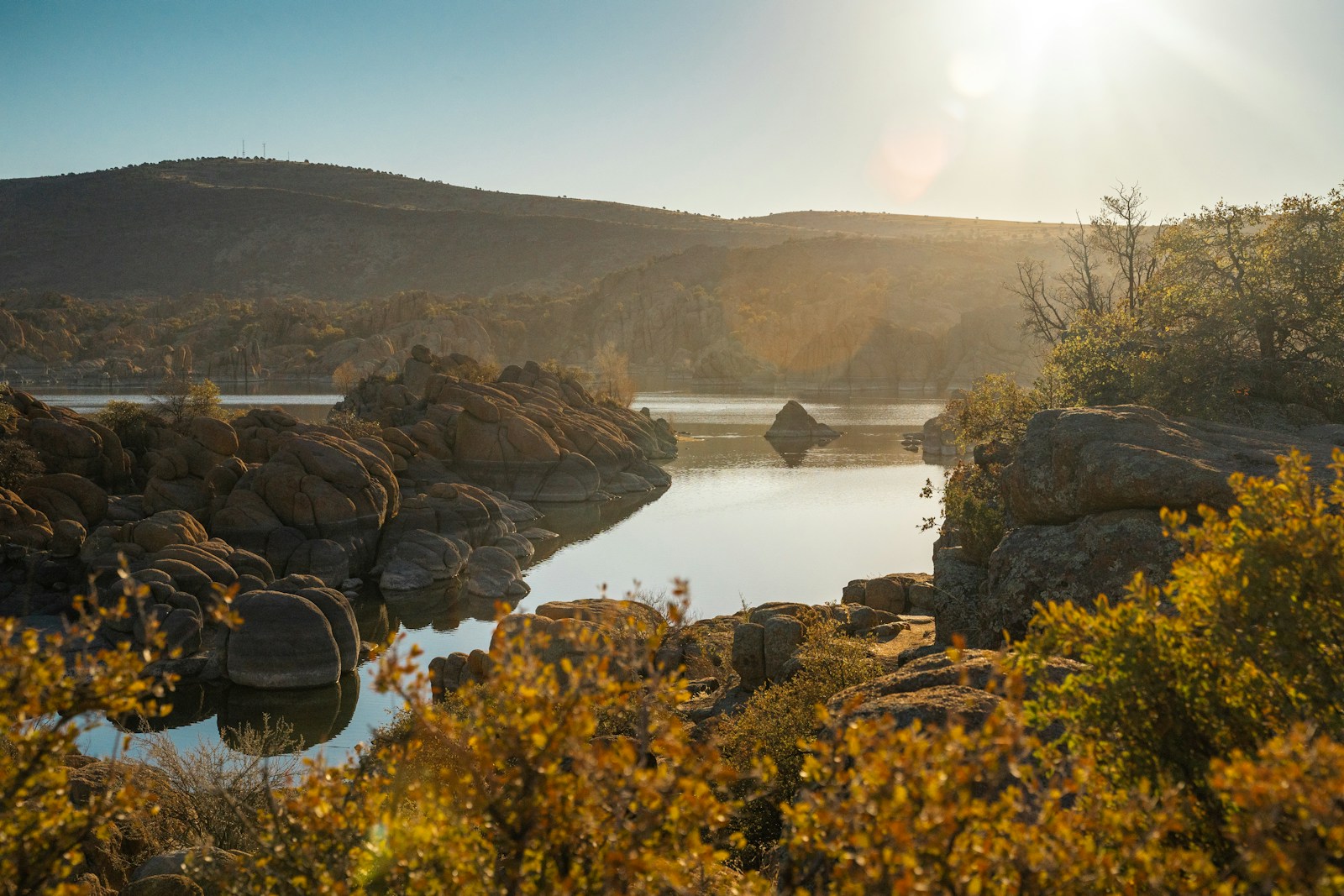
- Current biome classification: Temperate evergreen needleleaf open woodland
- Projected biome classification, 2061-2080: Desert
- Current population: 46,054
13. Farmington, NM
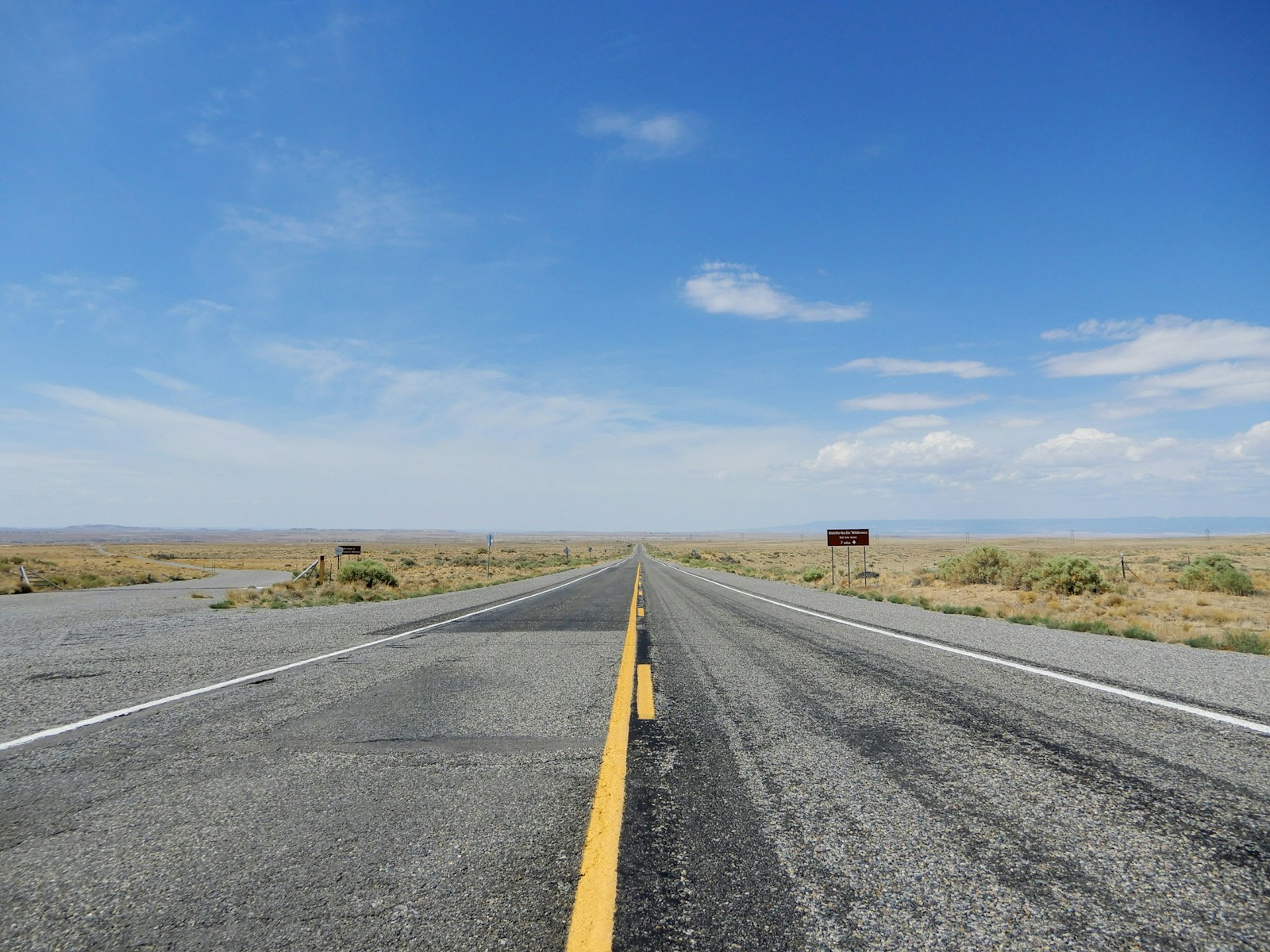
- Current biome classification: Temperate evergreen needleleaf open woodland
- Projected biome classification, 2061-2080: Desert
- Current population: 46,457
12. Delano, CA
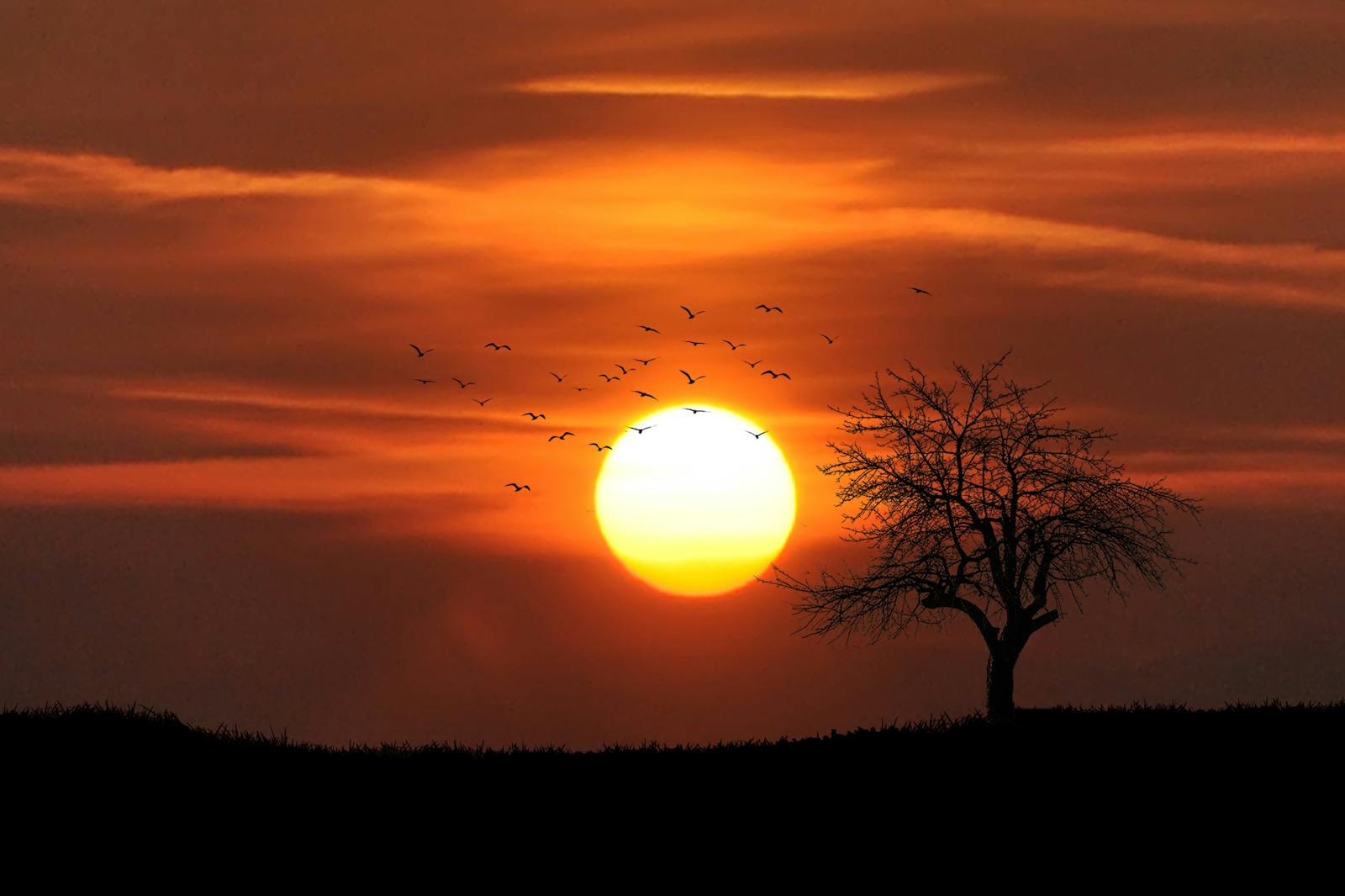
- Current biome classification: Temperate evergreen needleleaf open woodland
- Projected biome classification, 2061-2080: Desert
- Current population: 50,498
11. Twin Falls, ID
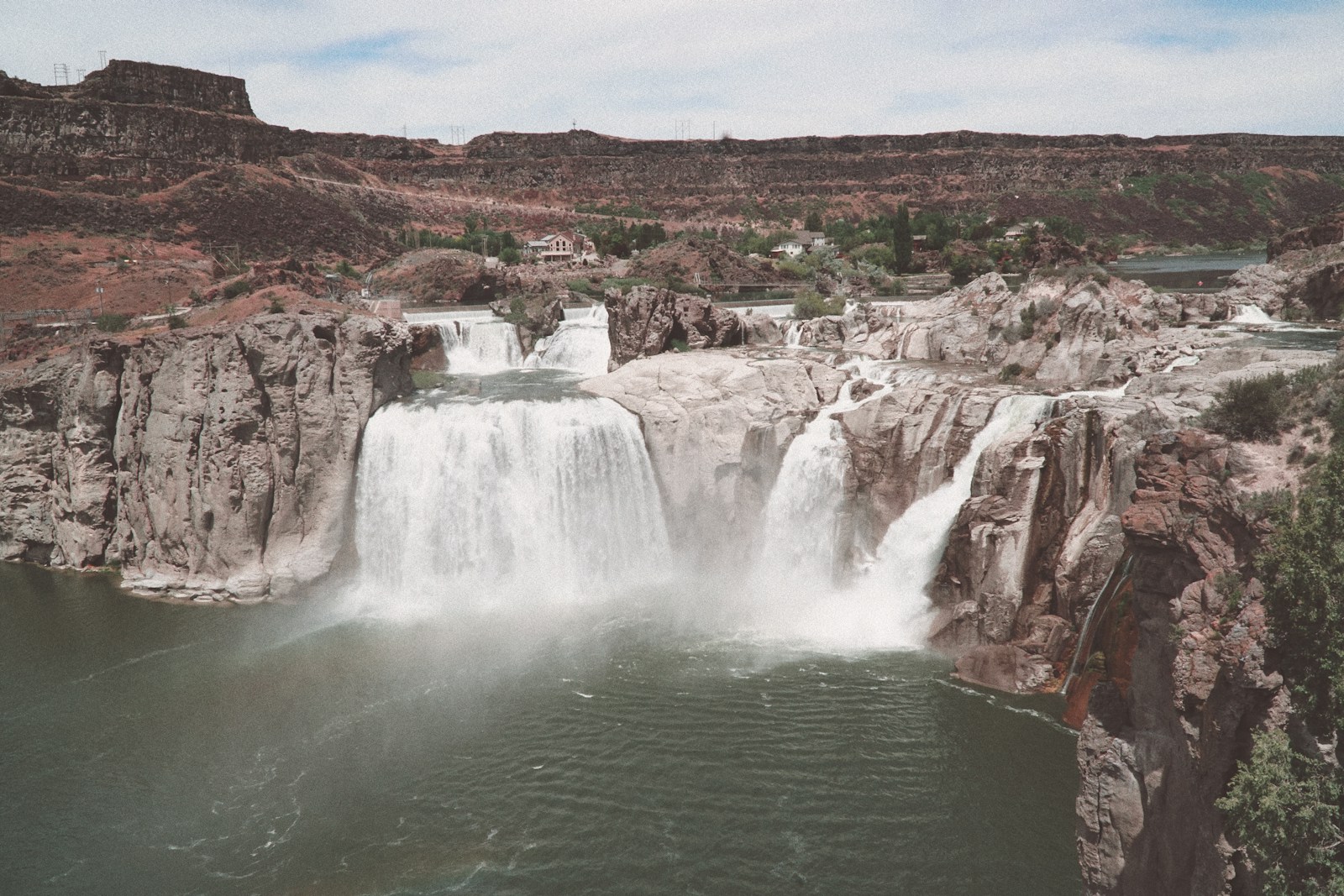
- Current biome classification: Temperate evergreen needleleaf open woodland
- Projected biome classification, 2061-2080: Desert
- Current population: 52,315
10. Richland, WA

- Current biome classification: Steppe
- Projected biome classification, 2061-2080: Desert
- Current population: 60,867
9. Grand Junction, CO
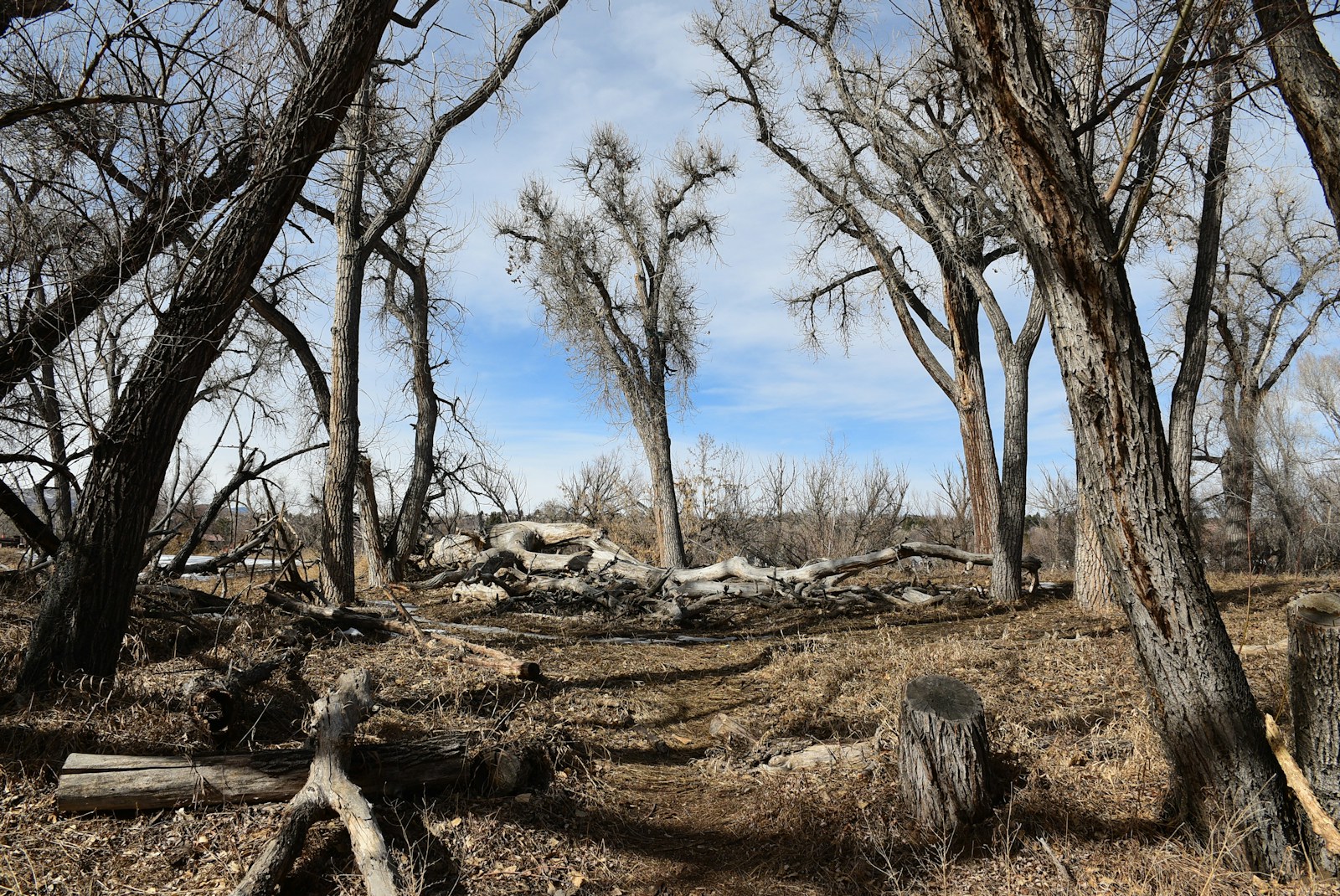
- Current biome classification: Temperate evergreen needleleaf open woodland
- Projected biome classification, 2061-2080: Desert
- Current population: 65,918
8. Pasco, WA
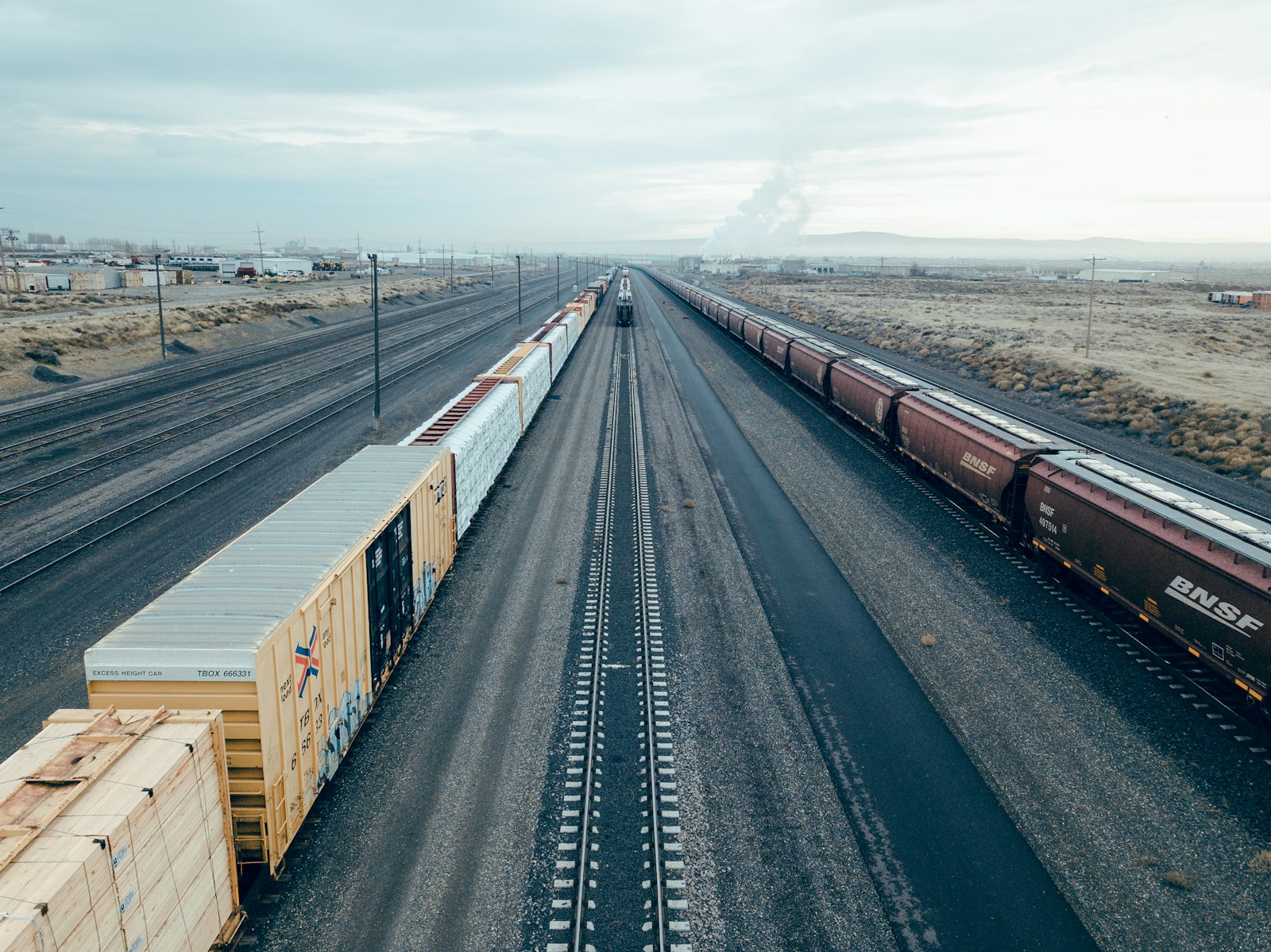
- Current biome classification: Temperate evergreen needleleaf open woodland
- Projected biome classification, 2061-2080: Desert
- Current population: 77,274
7. Kennewick, WA
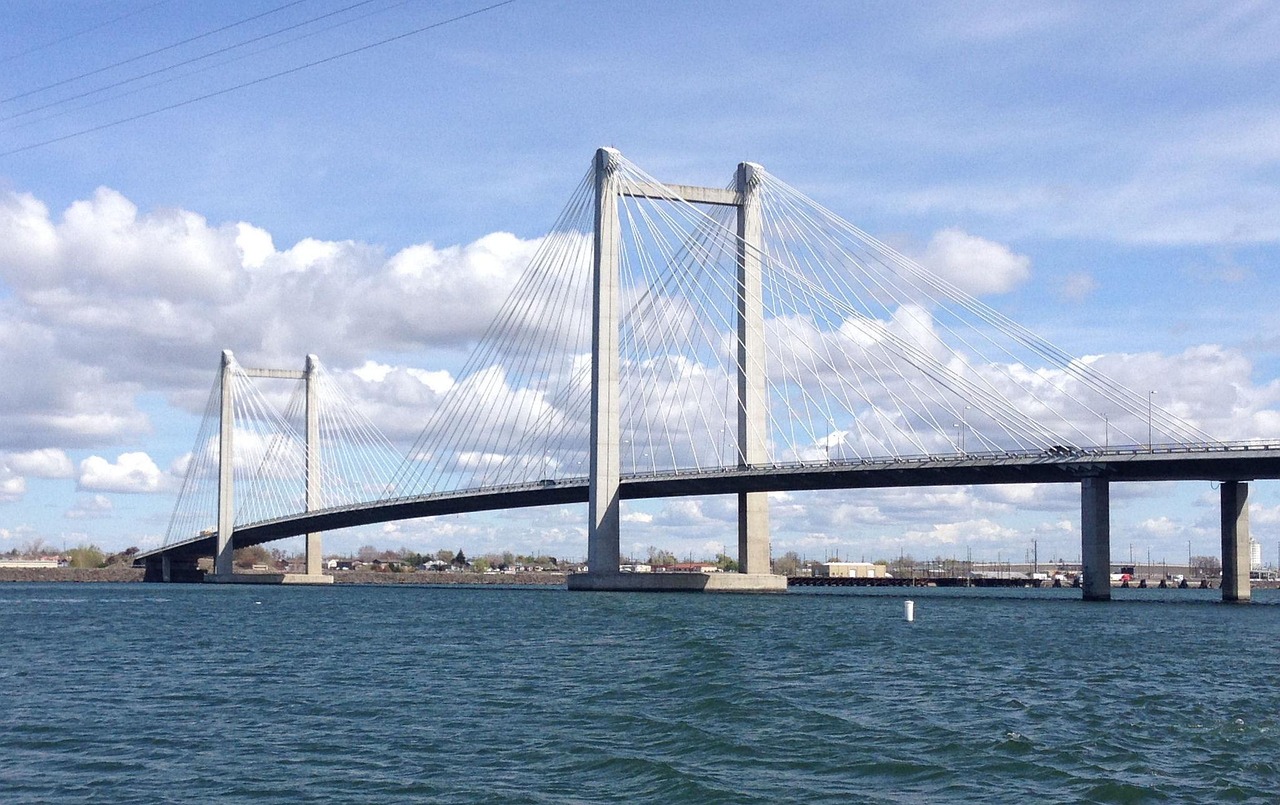
- Current biome classification: Temperate evergreen needleleaf open woodland
- Projected biome classification, 2061-2080: Desert
- Current population: 83,823
6. Rio Rancho, NM
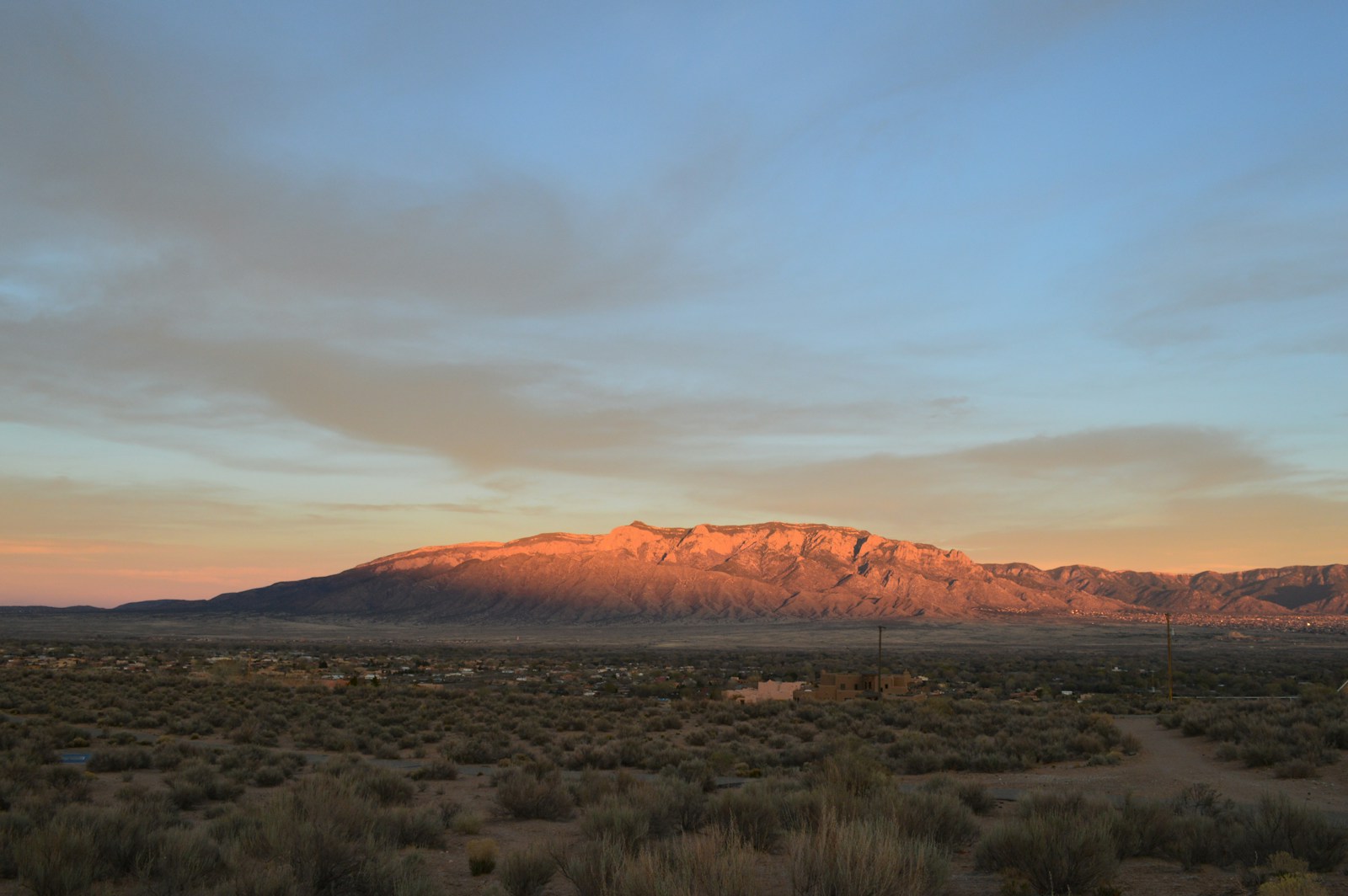
- Current biome classification: Temperate evergreen needleleaf open woodland
- Projected biome classification, 2061-2080: Desert
- Current population: 104,351
5. Sparks, NV
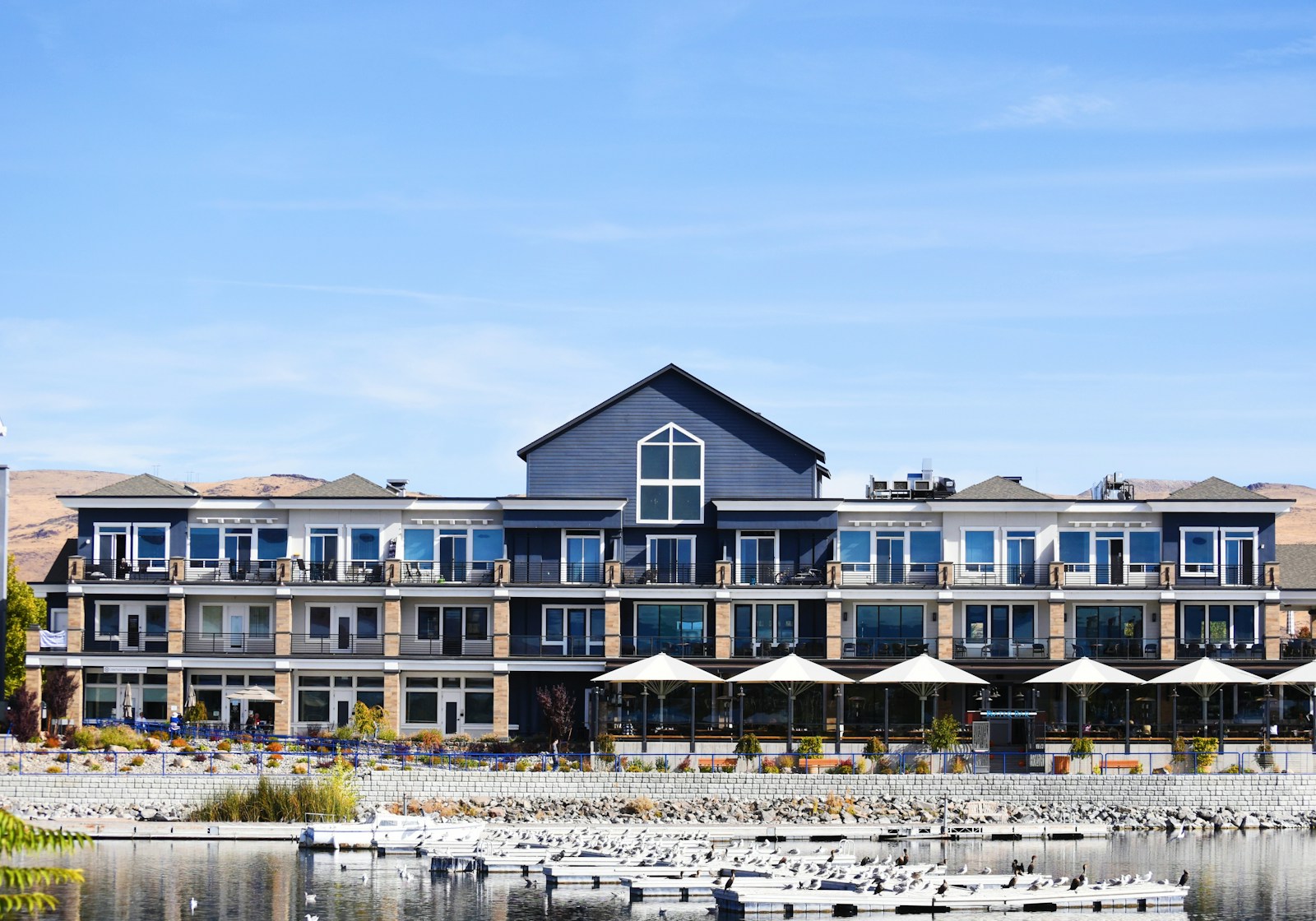
- Current biome classification: Temperate evergreen needleleaf open woodland
- Projected biome classification, 2061-2080: Desert
- Current population: 108,025
4. Pueblo, CO
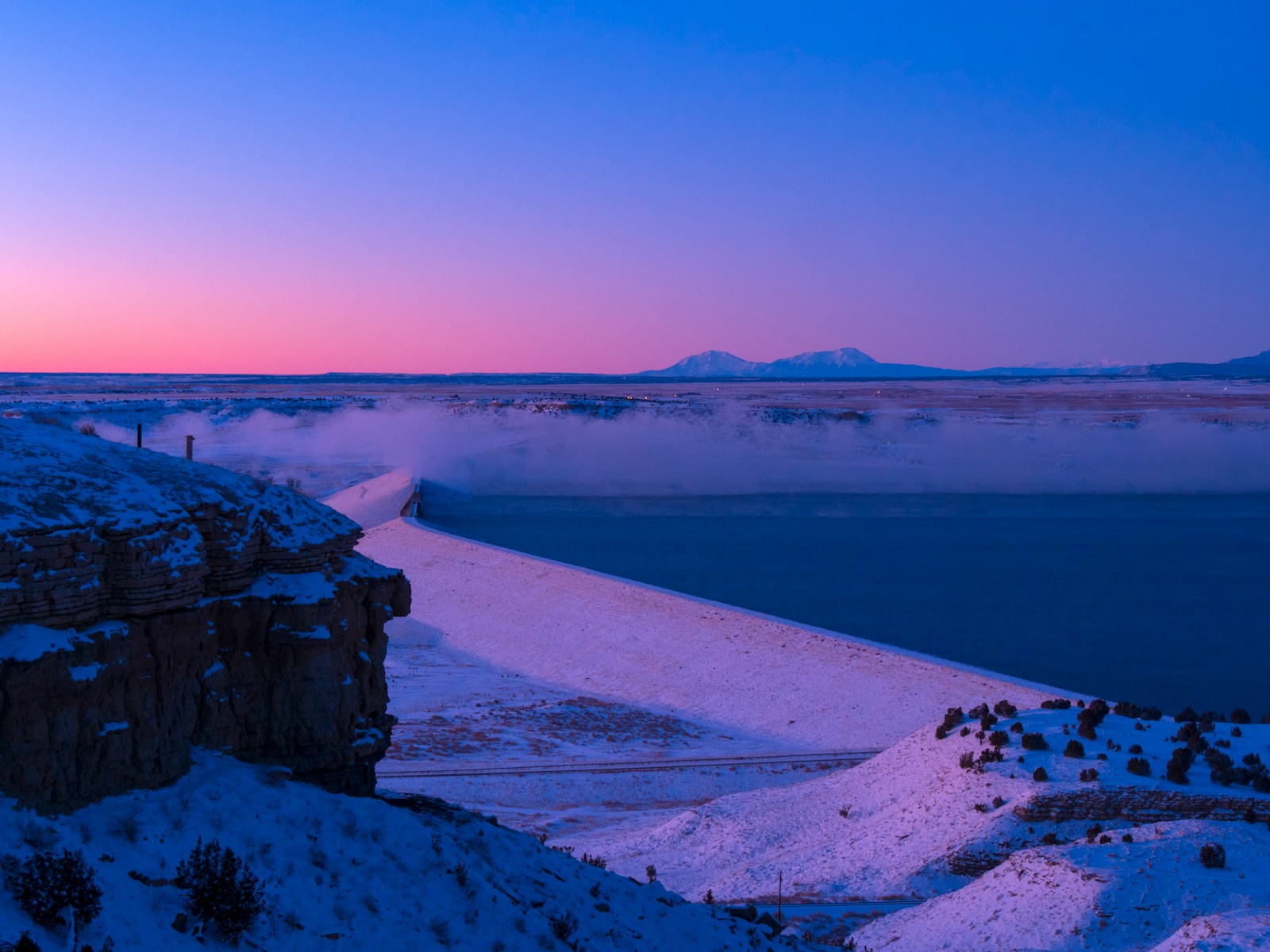
- Current biome classification: Temperate evergreen needleleaf open woodland
- Projected biome classification, 2061-2080: Desert
- Current population: 111,430
3. Lancaster, CA
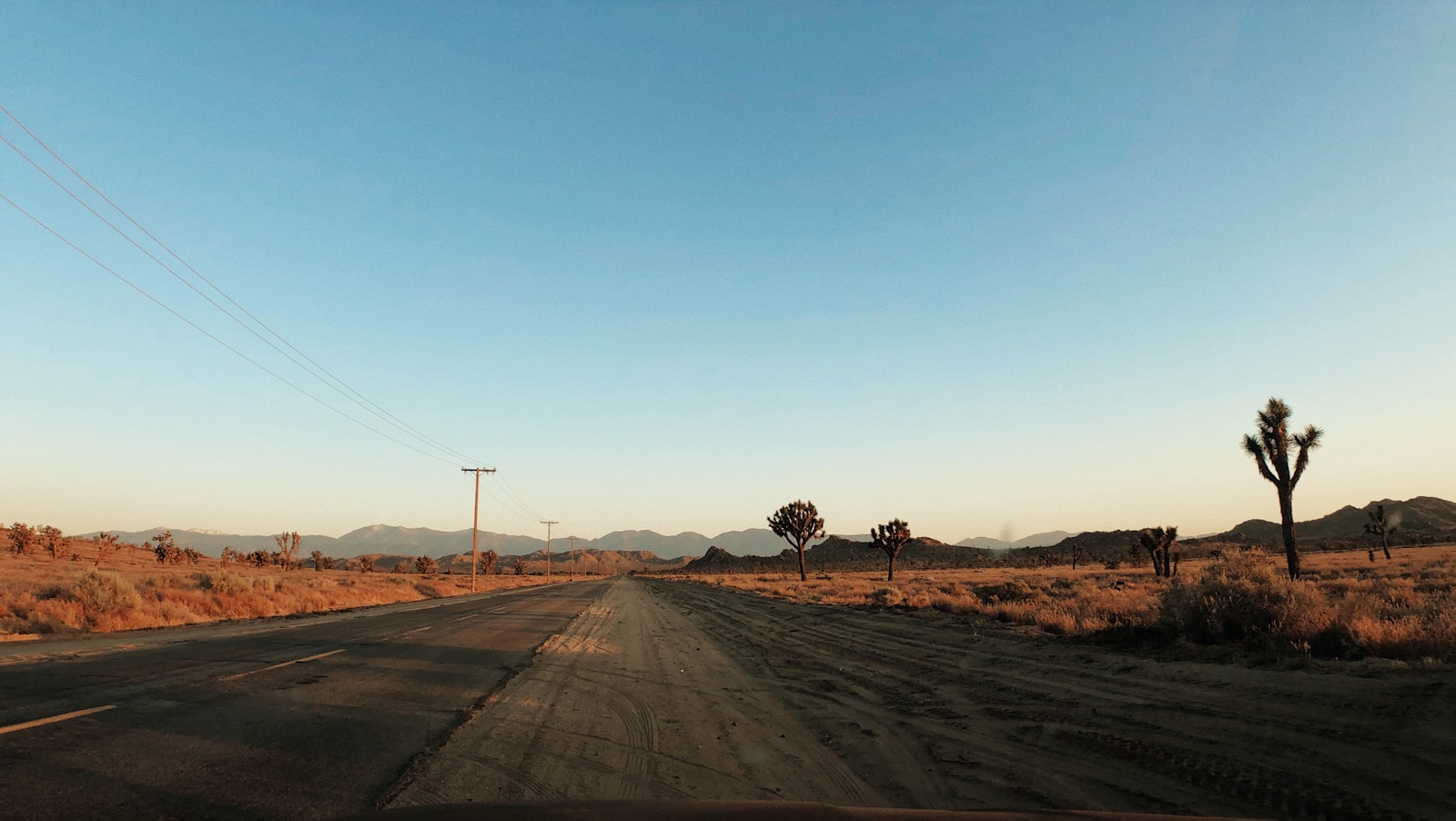
- Current biome classification: Steppe
- Projected biome classification, 2061-2080: Desert
- Current population: 171,465
2. Reno, NV
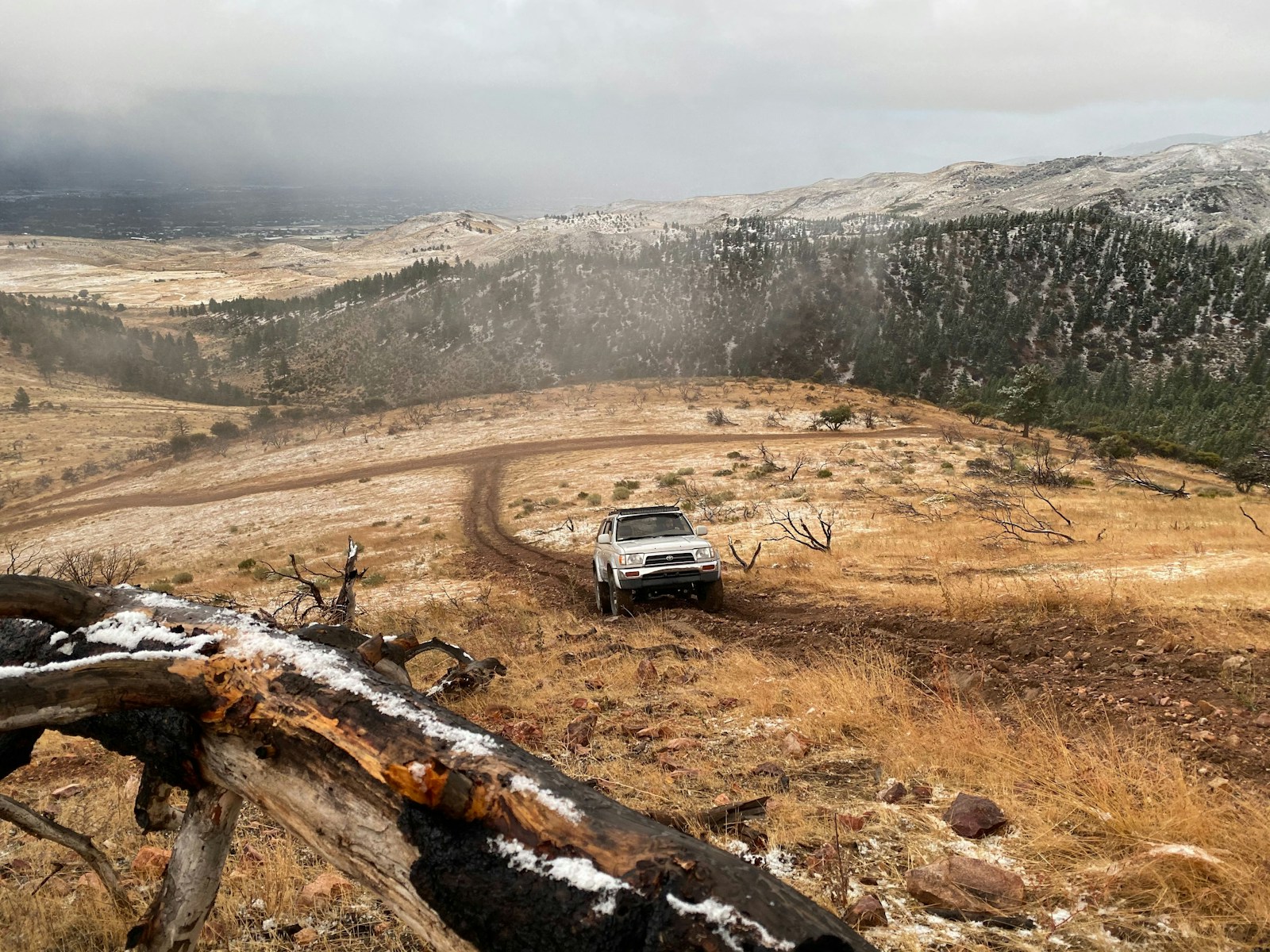
- Current biome classification: Temperate evergreen needleleaf open woodland
- Projected biome classification, 2061-2080: Desert
- Current population: 265,196
1. Bakersfield, CA

- Current biome classification: Temperate evergreen needleleaf open woodland
- Projected biome classification, 2061-2080: Desert
- Current population: 404,321
Sponsor
Find a Vetted Financial Advisor
- Finding a fiduciary financial advisor doesn't have to be hard. SmartAsset's free tool matches you with up to 3 financial advisors that serve your area in 5 minutes.
- Each advisor has been vetted by SmartAsset and is held to a fiduciary standard to act in your best interests. Get on the path toward achieving your financial goals!
More from ClimateCrisis 247
- 16 Cities With Over 100 Days of Triple-Digit Temperatures Every Year
- The US Cities With the Most Natural Diversity
- First Major Pacific Storm of the Season to Soak These 25 Cities
- Nor’easter and Alaskan Typhoon: See Where Flooding Is the Worst Right Now
